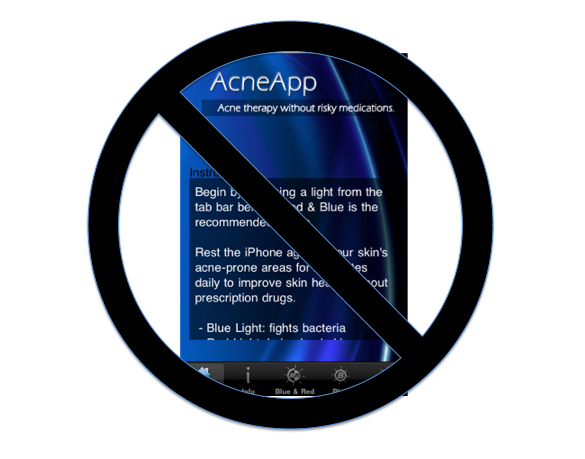Entrepreneur’s Guide to Medical Devices & the FDA
by: Zach Gostout, co-founder of Blueprint Health Inc.
Under US law a ‘medical device’ is defined as follows:
A medical device is “an instrument, apparatus, implement, machine, contrivance, in vitro reagent, or other similar or related article, including a component part, or accessory which is:
- recognized in the official National Formulary, or the United States Pharmacopoeia, or any supplement to them,
- intended for use in the diagnosis of disease or other conditions, or in the cure, mitigation, treatment, or prevention of disease in man or other animals, or
- intended to affect the structure or any function of the body of man or other animals, and which does not achieve any of it’s primary intended purposes through chemical action within or on the body of man or other animals and which is not dependent upon being metabolized for the achievement of any of its primary intended purposes” (FDA)
Note: Helpful additional context here.
The second bullet point in the above definition is the most notable text for most of us and is likely sufficient to determine whether a product will be regulated or not. As per this clause, the definition of a medical device basically mean: any product the FDA deems to be underdevelopment or in application for medical diagnosis therapy is theirs to govern.
Even if this doesn’t pertain to your product your not necessarily in the clear, though. In characteristically ambiguous and easily overlooked language, the definition includes “component parts” of and “accessories” possible subjects discreet scrutiny. And, this creates a significant grey area.
Fun Fact: Apple’s stringent requirements set forth in the Made for iPod Medical Device Agreement are resultant from these two clauses (more on this later).
Say your product is not being used directly for medical therapy or diagnosis but might be plugged into such a product? Do you need to ramp up a quality system and preparation for an impending FDA audit? It’s hard to say, and exactly what constitutes a product as a component part or accessory is to a degree, negotiable. The best rule of thumb I’d provide you with is: if your product (or a comparable product) is ‘mission critical’ to the utilization of a diagnostic or therapeutic device then you’ll probably find yourself governed. If not..well just consult a real specialist if you’re in this grey area.
If you believe an you’re product fits within the above definition have no doubt that at some point the Feds will be pulling on a pair of latex-free gloves (governed under Class I regulations) and getting involved. Skip ahead to the next section if you are preparing to develop such a product or have one under development. Read the remainder of this post you’ve already launched something or are preparing to launch something that retrospectively seems to fall under the above definition.
Developing medical devices and marketing them as such without abiding by the FDAs government is illegal and can have nasty consequences.
One app that was regulated that you wouldn’t believe: read more here.
Under some circumstances, though, products are “developed for non-medical purposes” and are independently adopted by medicine. If your product is undergoing such an adoption… or if you suspect on likely…. it has technically become a medical device and will eventually draw the attention of FDA. At this point the FDA’s action will likely be swift and unfavorably conclusive if the product was not being marketed for medical purposes when it is identified as a non-compliant medical device but was something medicine independently discovered and adopted, there will likely be more of a chance for explanation and corrective action.
Note: the posible outcomes of such scenarios could vary widely, and if you’ve read this you’re informed that you can no longer plead innocence. So, keep reading and follow the rules!!!
Under either scenario, if you wish to or are allowed to continue distribution of your product a(or a medical specific variant thereof) will have to under go review for approval or allowance ( The 510k process technically yields an “allowance” to market, while a PMA yields an “approval” to market. More on this in the next post.

